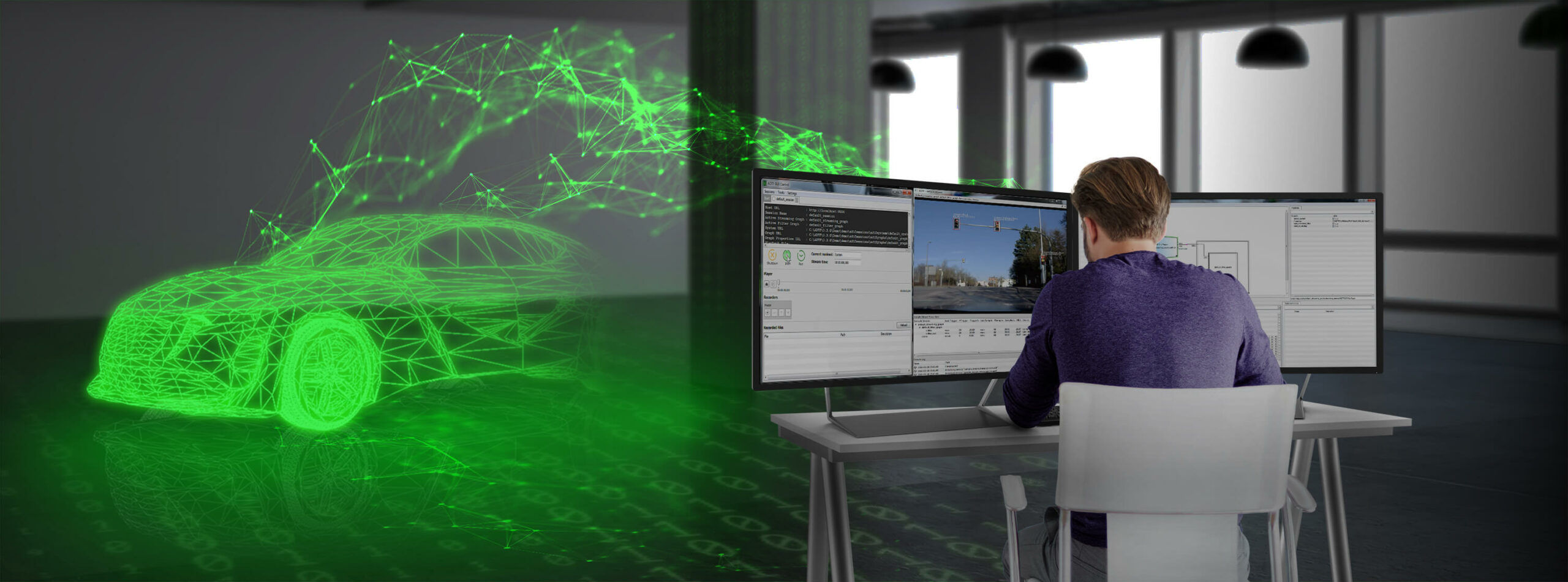Kvaser AB today announced that EB Assist ADTF 3 software now supports Kvaser Controller Area Network (CAN) hardware tools. Developers are from now on able to use any Kvaser CAN interface or datalogger to connect one or multiple CAN bus to a PC or laptop running Assist ADTF 3, a widely-used tool for automated driving development.
EB Assist ADTF (Automotive Data and Time-Triggered Framework) is a popular development and test environment for advanced driver-assistance systems (ADAS) and highly automated driving (HAD) software that supports projects from prototype to series development. It includes features such as capture and synchronization of data from different sensor sources such as radar, lidar and cameras, real-time data playback, data handling, processing and visualization, in the laboratory and the test car.
“The validation of automated driving functions requires precisely recorded data from a wide range of sources, including CAN”, stated Lars-Berno Fredriksson, President of Kvaser AB. “We are pleased to assist Kvaser customers in using EB Assist ADTF 3 by enabling them to collect and analyse their CAN data more simply and efficiently.”
Michael Reichel, Head of Product Management, Automated Driving at Elektrobit, commented: “Kvaser’s CAN interfaces and software are well-known throughout the automotive sector for, among other features, their reliability, precise time measurement and advanced functionality, in both laboratory and field test environments. With EB Assist ADTF 3, our aim has been to create a comprehensive, hardware-agnostic tool for automated driving development, and we are pleased to add Kvaser to our ecosystem.”
The filter developed by Kvaser for EB Assist ADTF 3 will enable any Kvaser device to be found within the software, including all new Kvaser hardware releases.
EB Assist ADTF 3 also supports Kvaser’s virtual hardware concept, which enables users to develop, test or demonstrate a system even when they don’t have the Kvaser hardware installed.

 linkedin
linkedin twitter
twitter youtube
youtube youku
youku weixin
weixin